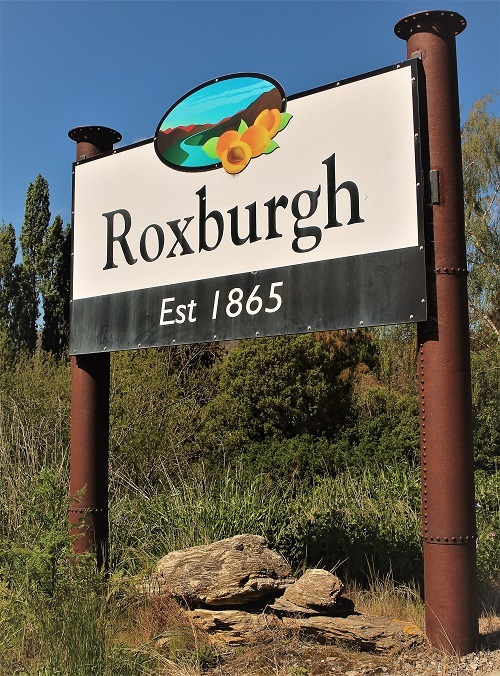Third spatial plan approved to manage Central’s growth
Jill Herron
03 June 2022, 6:30 PM
 Planning for residential growth will have to take into consideration that land is highly valued for agriculture and horticulture in the Teviot Valley. Image CODC
Planning for residential growth will have to take into consideration that land is highly valued for agriculture and horticulture in the Teviot Valley. Image CODCWith growth pressures not abating, the Central Otago District Council (CODC) is moving to get ahead of the game by planning for growth management across the district.
The days when developers led the way on where new houses or businesses would go appear to be consigned to the past as another major spatial planning exercise gets underway.
The Teviot Valley Spatial Plan exercise, approved this week, will be the third undertaken by council. The Cromwell Spatial Plan was adopted in 2019 and the Vincent Spatial Plan adopted earlier this year.
The work is aimed at ensuring development occurs in a sustainable, sympathetic manner, which protects the aesthetics, heritage and environment of the area, council says.
“At the same time, the spatial plan seeks to balance the needs of existing land uses with the demands of a growing community.
“The spatial plan provides a blueprint for what our towns could look like and how infrastructure, housing and productive land use could fit together, offering guidance to the private and public sector, including direction for infrastructure investment and council’s future planning.”
While growth pressures have not been as pronounced in the Teviot Valley as in other parts of the area, the huge importance and value of agricultural and horticultural land limits where new housing and industry can go.
The area also lacks infrastructure like reticulated water in some places where suitable land is available and has natural hazard zones relating to flooding and alluvial fans that would limit developments.

Roxburgh area could have to host large numbers of workers…the possibility of another massive hydro-electricity project happening in the valley is something planners have to think about. Image: Jill Herron
The possibility that New Zealand’s largest-ever hydro project at Lake Onslow may go ahead was another huge factor. A four-year build requiring around 4,000 workers is predicted for the NZ Battery project but its feasibility is yet to be established.
CODC’s principal policy planner, Ann Rodgers, says efforts would be made to get as wide as possible representation of local people involved in engagement with the upcoming spatial plan process.
“We will dig a bit deeper across each town. We want to understand what individual communities want for the future.”
Population data states the valley has around 1,900 residents, most living rurally and within Roxburgh township.
Consultancy costs associated with the development of the spatial plan is estimated to be $190,000 for planning and urban design; and community and key stakeholder engagement. These costs will be funded from the existing district plan review budget.
The changing face of our towns
Meanwhile the council has approved the public notification on Plan Change 19 which aims to legally put in place the outcomes of spatial planning, including rules around housing densities.
“Plan Change 19 (PC 19) is intended to implement the direction set out in the Vincent and Cromwell Spatial Plans, in relation to the district’s residential areas.
The spatial plans have been prepared to respond to demand for residential land and housing affordability concerns in the district, and in order to plan for the anticipated growth over the next 30 years.
PC19, in implementing the direction set out in the two spatial plans, involves rezoning new land for residential use, identifying some areas for future growth, aligning existing zoning with the proposed new zones, and includes new provisions for managing land use and subdivision within the residential zones.
The council will also release for public scrutiny a new set of medium housing density guidelines.



